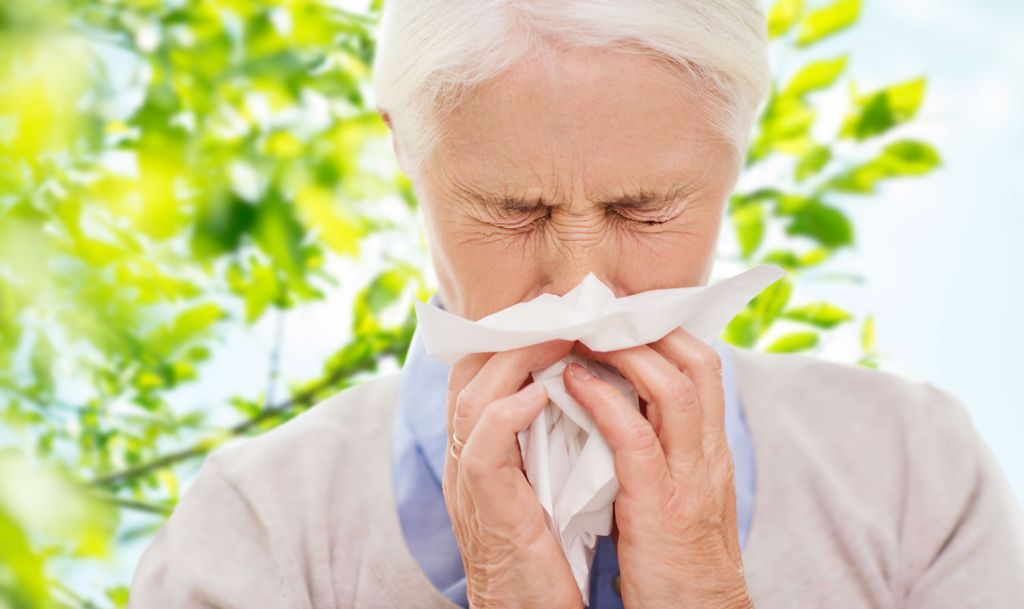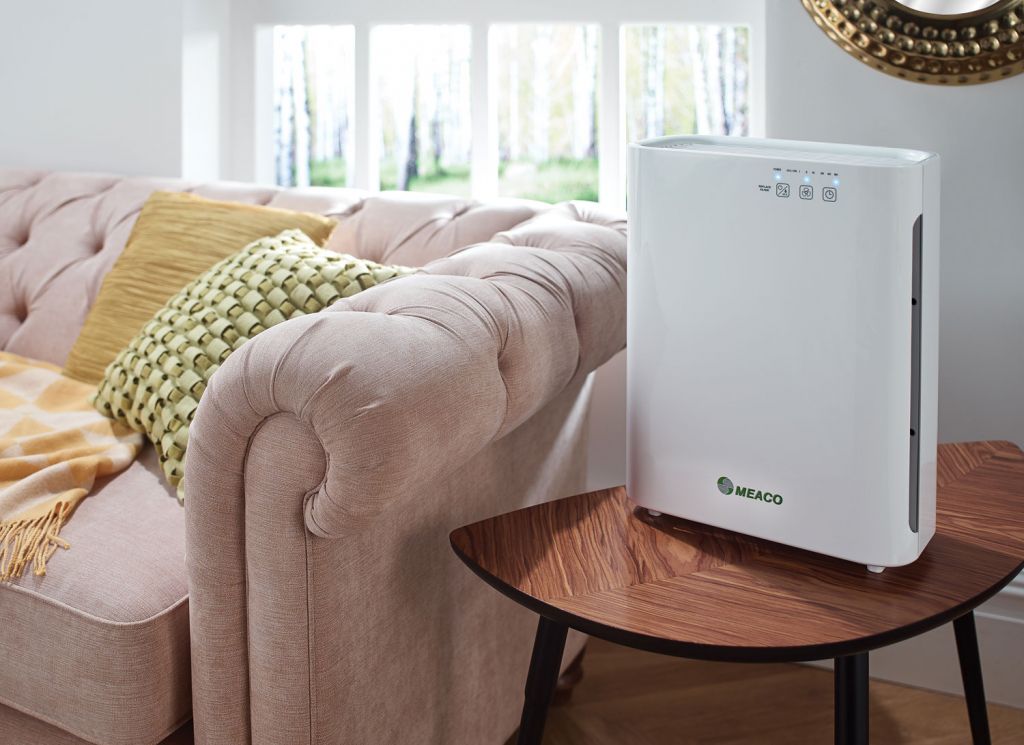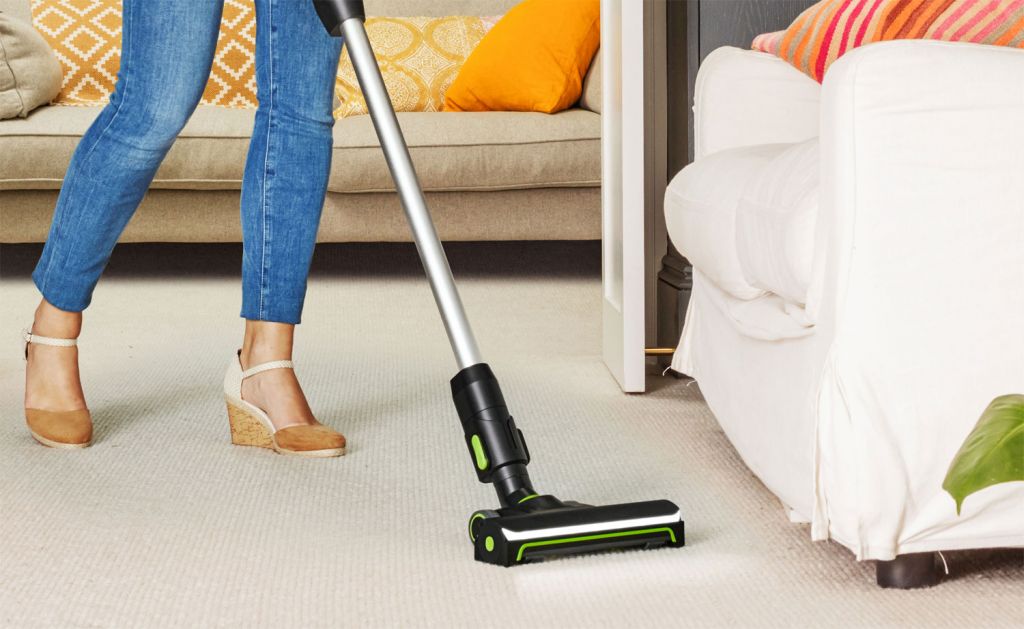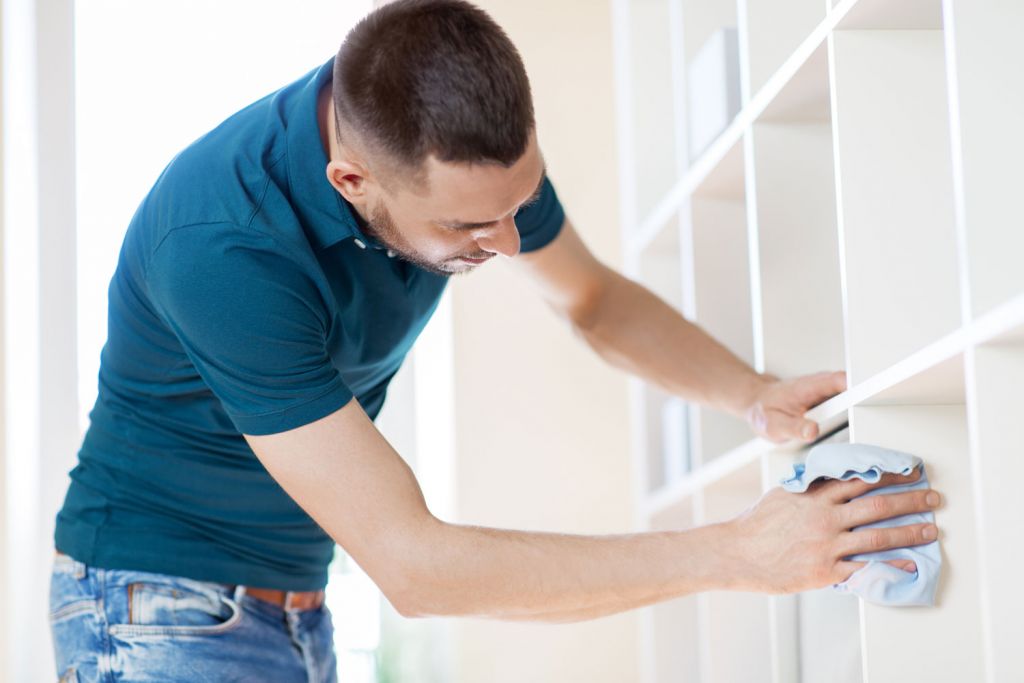
In addition to our current concerns, hay fever season is here. Allergies caused by dust is the last thing any of us needs. So, to help you, we’ve turned to an expert to uncover the best ways to eliminate dust and reduce allergies.
There are many things out there, causing us to cough, sneeze, wheeze and splutter. Outside of the obvious which the world is very aware, two other culprits are hay fever and the accumulation of dust.
We’re all familiar with dust. However, we’re often at a loss as to how it got there! With many more people having time to do (frequently messy) DIY, this could be one of the most plausible answers, but as to the rest? Dust is a problem for many and can cause multiple forms of stress. The good news is there are things we can do to reduce its impact.
Lisa Evans, a spokesperson from MyJobQuote, has provided the following top tips on how they can reduce the severity of allergies during hay fever season:
“Hay fever season is well underway and is a time of trepidation for those who suffer from allergies. Studies have shown that over half of the indoor dust that accumulates in our home is actually produced outside and brought in with us.
Pollen isn’t the only allergen that can set off hay fever, indoor allergens such as dust mites, dead skin and animal fur can cause an allergic response too. As a result, cleaning dust from your home can help relieve symptoms and make the spring and summer months more bearable.”
Here are a few tips on how to keep your home in ‘tip-top’ shape.

1. Air Purifier
An air purifier is one of the best places, to begin with for dust prevention. Using an air purifier in your home, which is specially designed to remove dust and airborne particles will reduce the amount of dust produced. We recently published an article on the Meaco range of air-purifiers and how they can eliminate dust and unwanted particles here.

2. Vacuum Often
If your home flooring is mostly carpeted, dust can gather between the fabrics. Vacuuming regularly can dislodge any dust from your flooring and avoids any dust build-up. Changing carpets to hard flooring can be a great help in stopping dust collection too. Read our recent review on the Gtech cordless Pro vacuum cleaner here.
3. Mopping Floors
If you have laminate, tile or wooden flooring, mopping them regularly is a must to get rid of that dust. We would suggest using warm water with a splash of vinegar to mop efficiently!
4. Choose Non-toxic Cleaning Products
Toxic cleaning products create airborne particles that encourage dust. When purchasing cleaning items, check the labels to ensure they’re non-toxic as it can definitely help out.
5. Clean Out the Clutter
Clutter is a hot spot for dust accumulation and getting rid of clutter will make your life a lot easier in your attempt to create a dust-free environment. If you don’t need it, get rid of it! Donate items to charity or take a trip to the skip.
6. Seal the Gaps
Minimising particles entering your home by sealing windows and doors correctly can help prevent dust from appearing. Any cracks in walls and ceilings also need to be filled in order to reduce the likelihood of dust building up.
7. Keep Out the Dirt
Keeping out debris from the outside is near impossible – but you can reduce it. Placing good quality doormats down and taking off your shoes when you enter your home will limit the amount of dirt brought in.

8. Cleaning Bed Sheets Regularly
Bed linen is a prime nesting place for dust and dust mites. Ensure to clean your sheets at least once a week to get rid of any unwanted critters and dust.

9. Dust Your Home Correctly
To eliminate dust in your home, dusting correctly and often is essential. Using a damp sponge or cloth can stop dispersing particle into the air. A vacuum attachment can be used on hard to reach areas too, such as skirting boards.
“With these dust-busting tips, your home should become a dust-free zone and help relieve any hay fever and allergy symptoms.”
Hay Fever Advice
Hay Fever can affect anyone, irrespective of one’s age or sex. It is extremely common at certain times of the year and up to 20% of the population suffers from it.
If you would like more advice and information on Hay Fever, visit the NHS website for general information here. Or visit AllergyUK who provide a wealth of information on Hay Fever including medicines, symptoms and tips here.
Read more health-related articles and guides in our dedicated section here.
![]()




You must be logged in to post a comment.